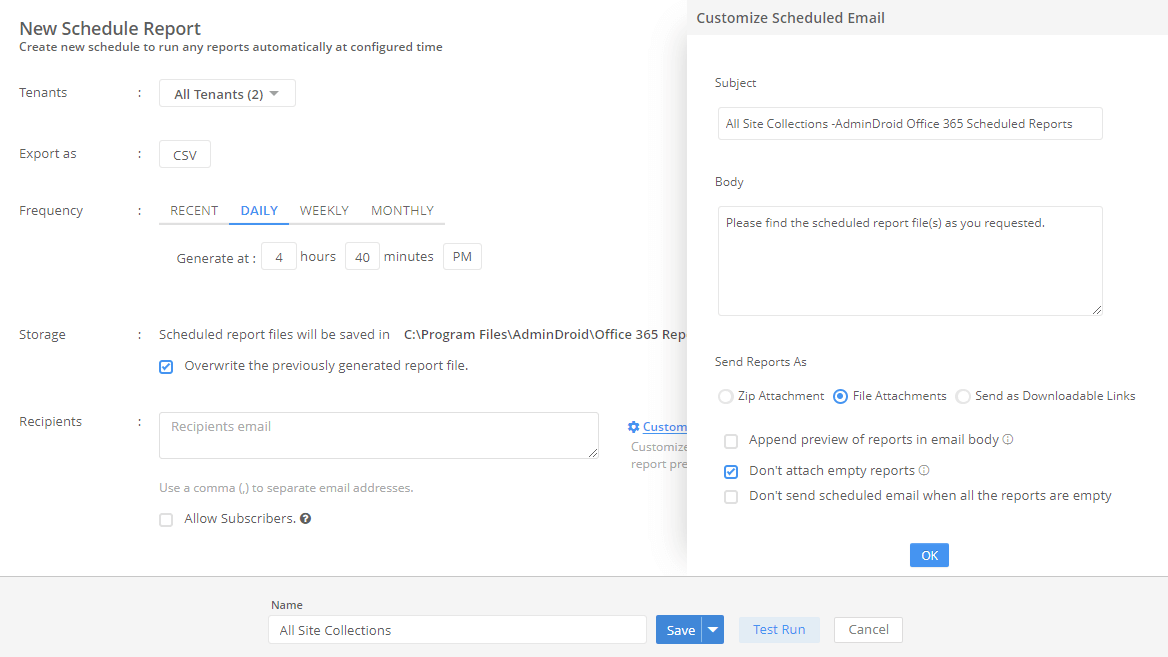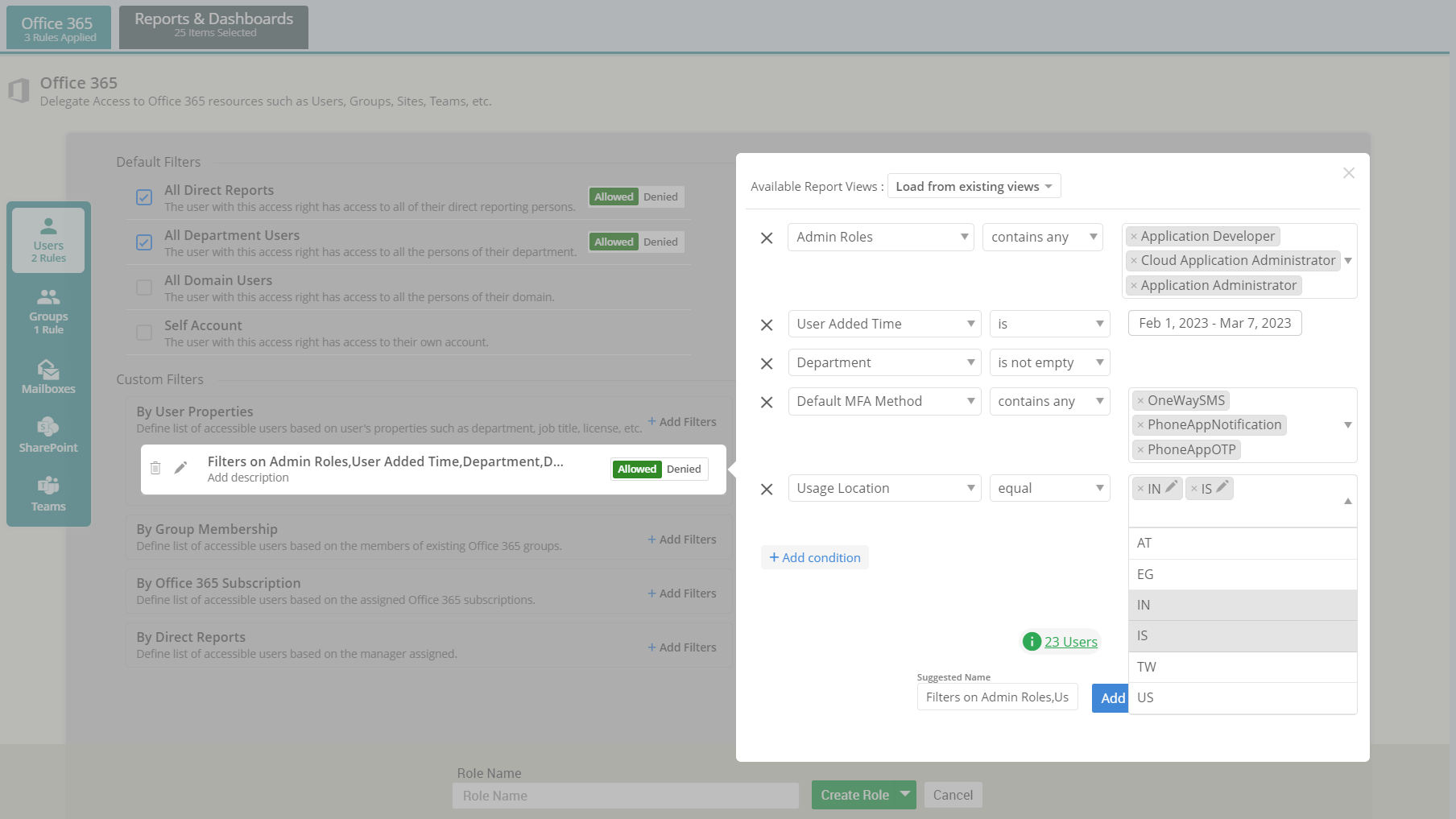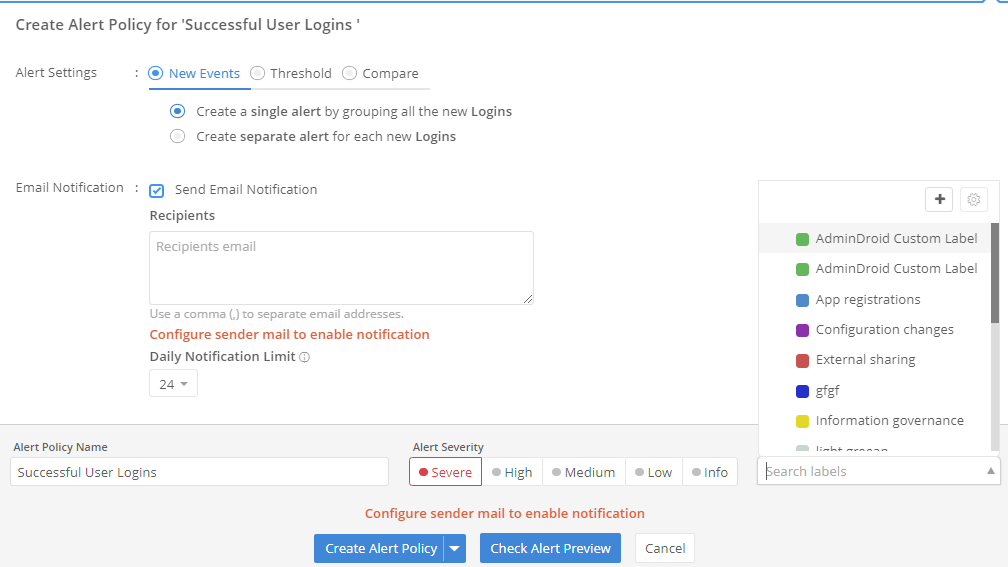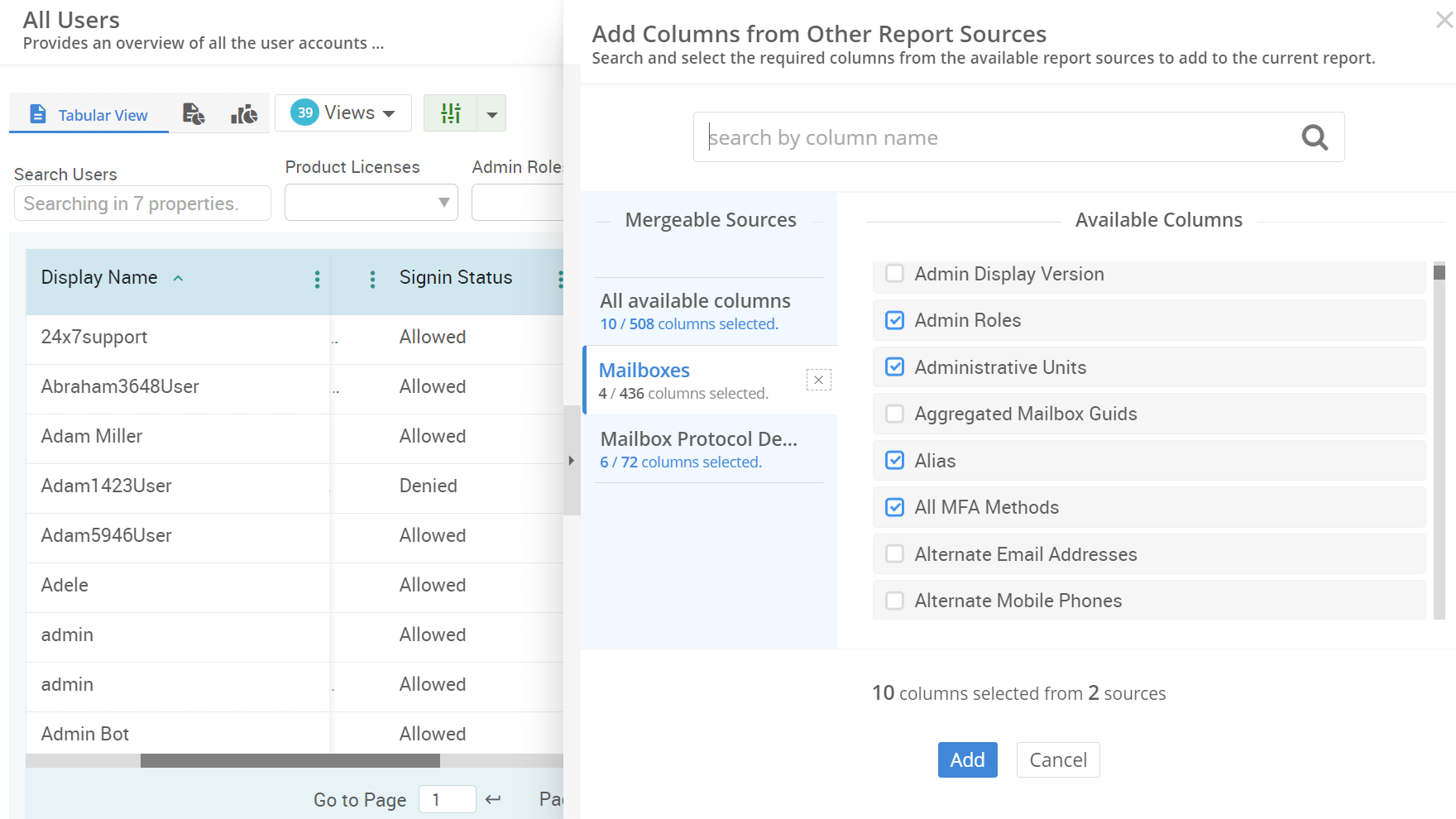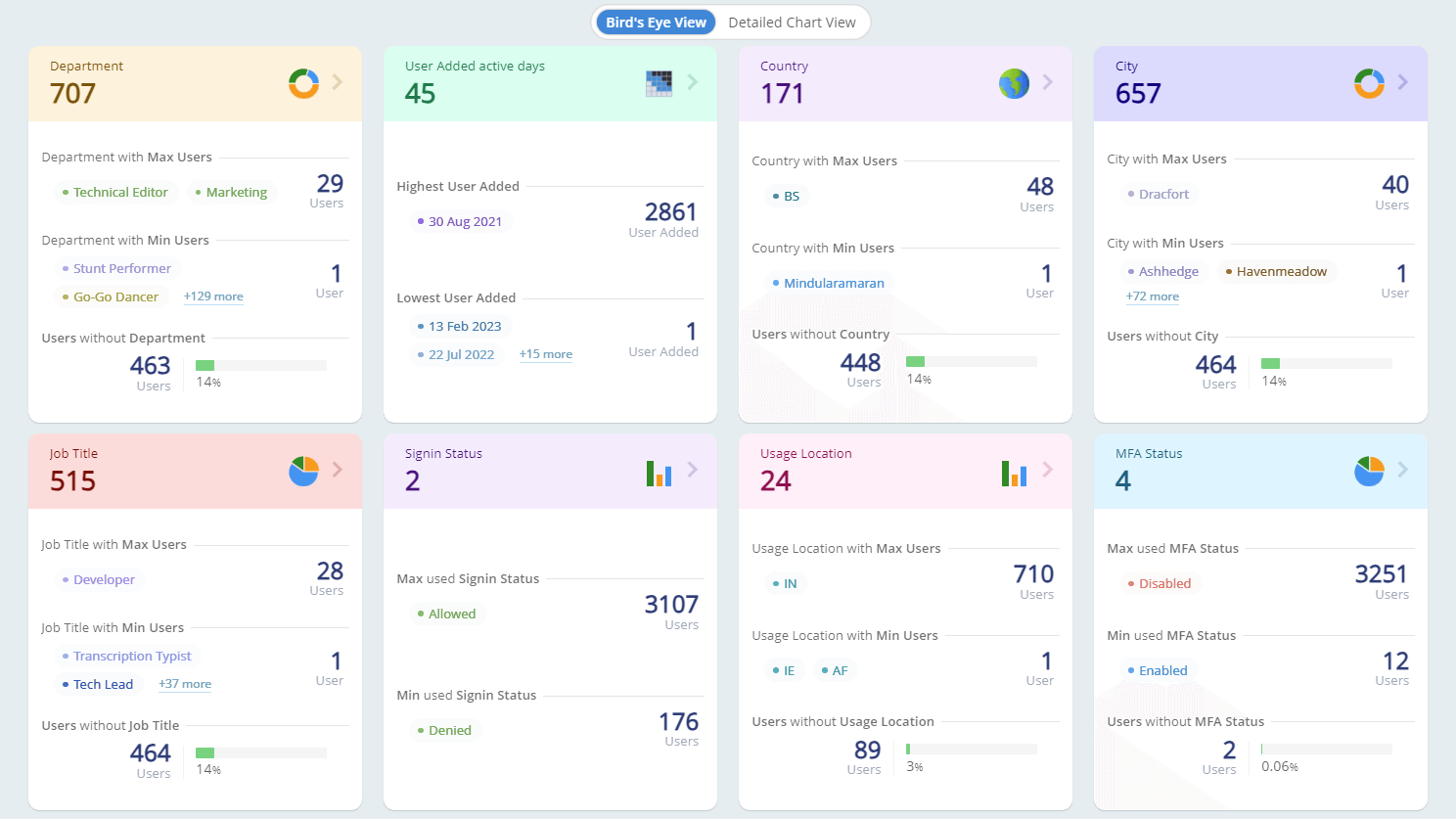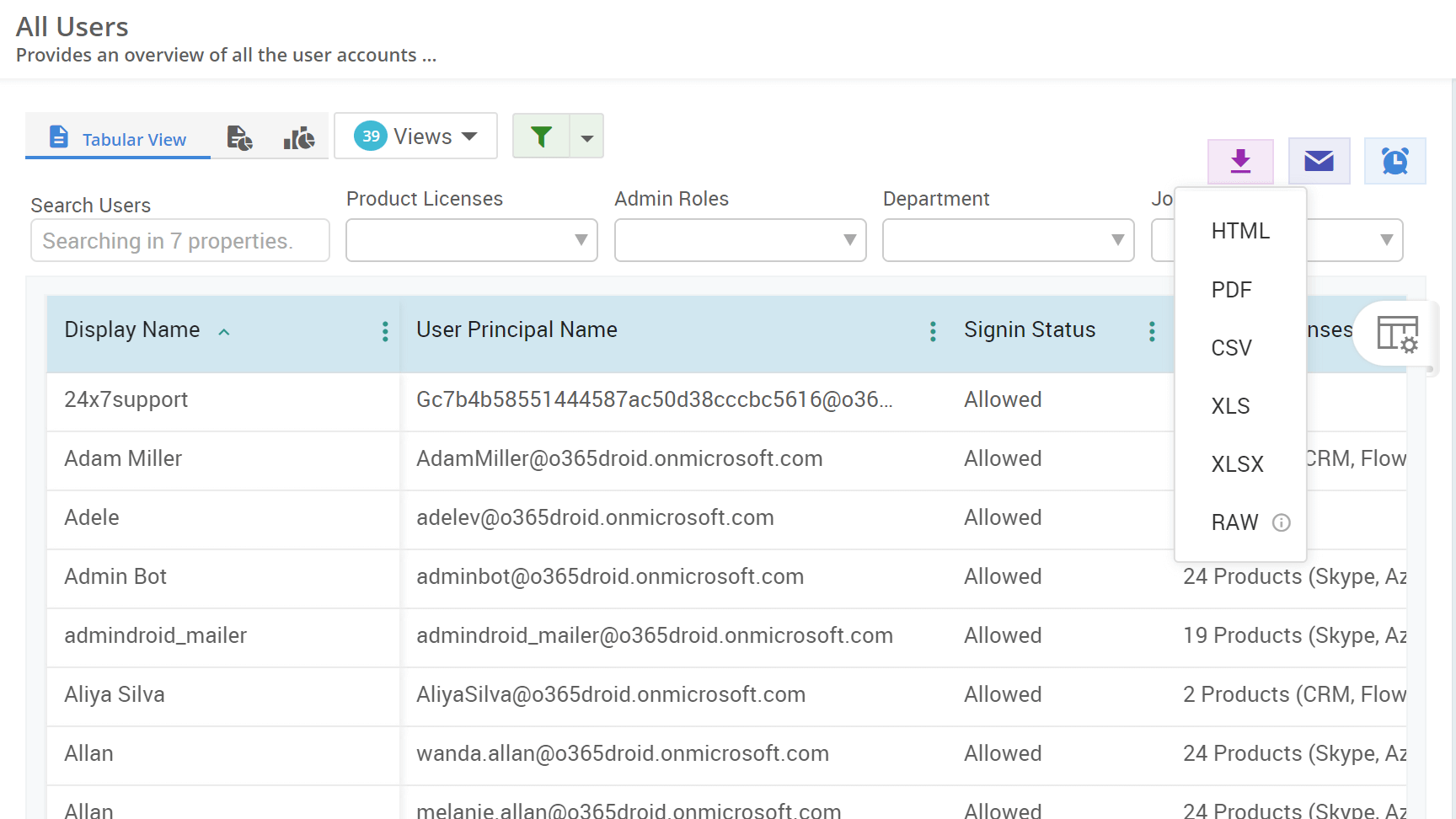1. What are the scenarios to hide a list or its items in a SharePoint Online site?
Hiding a list or its items in a SharePoint site can be essential for various reasons, including:
- Tailored user experience in SharePoint sites By removing clutter and hiding irrelevant or outdated lists, organizations can streamline the user interface of SharePoint Online sites. This simplification helps users focus on the most relevent information, improving navigation and overall usability, which enhances productivity.
- Controlled access and management of SharePoint list items Hiding list items allows administrators to restrict access to specific entries, ensuring confidentiality and reducing accidental edits or deletions. This practice also enables granular item-level permissions, improving overall SharePoint list management.
Even though site owners can hide lists from site contents in SharePoint UI, they still consume storage space. For effective storage management, remove unwanted lists, whether they are visible or hidden, including both system-generated and manually hidden lists in your SPO sites.
2. How to hide a list from site contents in SharePoint Online?
Hiding a list in SharePoint Online is crucial for managing visibility and reducing clutter for users. While the SharePoint Online UI or admin center lacks a direct option to hide lists, this can be accomplished using PowerShell.
Note: Even though we hide the list from a SharePoint site, users with permission to access the list can still view it if they have the URL.
Connect to the desired SharePoint Online site using the 'Connect-PnPOnline' cmdlet. Then, run the below cmdlet to hide a list or document library from the SharePoint site.
Set-PnPList -Identity <List_ID> -Hidden $True
Note: You can use the ‘Get-PnPList’ cmdlet to retrieve the list ID for all lists in the respective SharePoint site.
Run the below cmdlet in PowerShell to unhide a list or document library from the SharePoint site.
Set-PnPList -Identity <List_ID> -Hidden $False
Effortlessly optimize your SharePoint Online site management by hiding inactive lists!
- Utilize AdminDroid's inactive lists report to identify the important lists that are unused and hide them to maintain a clutter-free environment.
- Gain detailed insights on unused SharePoint lists, such as list name, inactive days, created date, last item modified/deleted date, site name, site address, and more.
Handy tip: Use the Schedule (⏰) option to receive automated insights on inactive SharePoint lists on a daily, weekly, or monthly basis.
3. How to hide SharePoint lists from site contents using Power Automate?
When users in the organization lack proficiency in PowerShell, admins can develop workflow in Power Automate to facilitate the process of hiding a SharePoint list. This user-friendly approach empowers users (site owners) to manage list visibility without requiring advanced technical skills, ensuring a streamlined experience.
- Sign in to Power Automate and navigate to Create tab ➔ choose ‘Instant cloud flow’ ➔ enter the Flow name ➔ choose 'Manually trigger a flow' ➔ click Create.
- Add the following inputs as parameters for the manual trigger: Site address (Text), List name (Text), Hide from site contents (Yes/No), Hide list items from search results (Yes/No).
- Add the Send an HTTP request to SharePoint action with the following details: Site Address (Input - Site address), Method (PATCH), Headers (X-HTTP-Method: Merge, If-Match: *), Uri:
_api/web/Lists/getbytitle('@{{trim(triggerBody()?['text_1'])}}')
Body: { 'Hidden':@{if(triggerBody()?['boolean'],'true','false')}, 'NoCrawl':@{if(triggerBody()?['boolean_1'],'true','false')} }
- After that, save and test the flow to ensure it operates correctly.
- Finally, send a copy of the flow with users so they can hide the required SharePoint lists from site contents.
For a clear visual representation of the flow, please refer to the GIF provided below.
4. How to hide list items from users in SharePoint Online?
In SharePoint Online lists, item-level permissions are crucial for securing sensitive data, ensuring privacy, and controlling access. This feature allows you to hide list items in SharePoint from certain users, ensuring that only authorized individuals can view or edit sensitive content. It facilitates effective management and fine-tuning of access, extending beyond the controls available at the site or list level.
- Navigate to the SharePoint list where you want to apply item level permissions.
- Select the list items you want to hide from users, then choose Manage access from the top right corner.
- In the Manage Access pop-up, click Stop sharing to break inheritance and limit the access to only the site owners.
Note: You can also grant unique permissions to specific users and groups for viewing or editing individual list items.
5. How to show or hide columns in a SharePoint list?
Hiding unwanted columns in a SharePoint list view is often a better approach than deleting them, as it preserves the data for future use. Temporarily hiding a column maintains its data integrity, allowing you to keep your SharePoint list uncluttered. This means that when needed, you can easily make hidden columns visible again, facilitating flexible data management without the risk of data loss.
- Navigate to the SharePoint list view where you want to hide a column.
- To hide a single column, click on the respective column header and choose Column settings»Hide this column.
- To unhide hidden columns in a SharePoint list view, click on any column header, then choose Column settings»Show/hide columns.
- In Edit view columns pane, select the columns you want to display in the list view.
- Click Apply to update the view with the selected columns.
While hiding columns provides a straightforward way to declutter your views, conditionally showing or hiding columns creates a tailored experience based on specific criteria. This enhances the user interface by restricting users from entering data for new items that do not meet those conditions.
- Navigate to Add new item»Edit form»Edit Columns.
- In the ‘Edit columns in the form’ pane, click on the ellipsis (...) next to the respective column and select 'Edit conditional formula’.
- Specify the conditional formula to determine when to show or hide the column, and then click Save.










